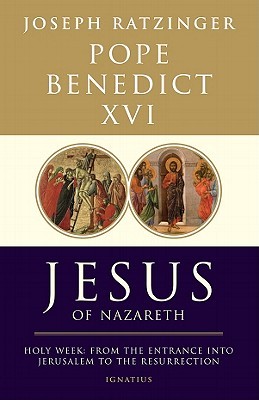The reality which confronts mankind, today, is Apocalyptic.
A friend, an influential priest of about my own age, blurted out the news that, in his nation, there was not a single person currently in training for the priesthood. I was shocked for a moment, but only a sobering moment. In the U.S.A., for example, the percentile of avowed “believers in God” among voters has, allegedly, increased during the most recent decades; nonetheless I shudder when I ask myself, what, for example, do many among those believers actually believe?
What, really, is gripping mankind’s will in these presently ominous times?
Contrary to a considerable amount of strongly expressed opinion, the decline within the Catholic clergy was not a product of the process known as Vatican II; Vatican II was a response to the seemingly unhindered wrongness of the direction which the post-World War II world had already taken, almost from the very hour in which President Franklin Roosevelt had died. The chief source of the worsening moral crisis of trans-Atlantic society today has been most prominently expressed in the new forms of decadence introduced into the factor of will in certain, chiefly “middle class” communities throughout the Americas and western and central Europe. For the witting, there was a sense that the world which emerged triumphant over the fascist menace, had betrayed the purpose for which that war had been fought. This sense of a world gripped by a new, careening decadence, drew the attention of the most thoughtful to the effect of the conditioning of a layer of chiefly white-collar, middle-class children born, notably, in post-war Europe and the Americas, between 1945 and 1957-58. This was a so-called “white-collar” generation, whose decadences would later erupt, violently, in the form of the explosion by “the 68ers” on both sides of the Atlantic.
The key to understanding this specific change, is to recognize that the pro-existentialist, post-Franklin Roosevelt change in quality of beliefs in both the Americas and western and central Europe, corresponds, specifically, to the entry into adolescence of a large social, so-called “white-collar” stratum from within the generation which had been born to those nations in the aftermath of Franklin Roosevelt’s death. Typical of this were the children born to the family households of what was known during the 1950s as “The Organization Man.” President Dwight Eisenhower referred to the expression of that “white-collar” constituency as a “military-industrial complex.”
The most significant factor in bringing about a related change of the Catholic, and relevant other institutions of Europe and the Americas, has been the forced-feeding of the populations with the wild-eyed, existentialist dogmas of the Frankfurt School, dogmas associated with the assigned role of the Congress of Cultural Freedom (CCF) in post-1945 Europe. Notable influences have included such as the former Nazi philosopher Martin Heidegger, his understudy Jean-Paul Sartre of France, and that Frankfurt School’s Horkheimer, Adorno, Arendt, et al. The same trend was echoed by the dismal image of Bertolt Brecht in Soviet-occupied East Germany. These radical empiricists, these existentialists, as combined in effect with the work of the London Tavistock Clinic and Bertrand Russell’s circles, are typical of the leading edge of the post-1945 campaign to destroy the traditions of both physical science and Classical culture in Europe, and beyond. (more...)

No comments:
Post a Comment